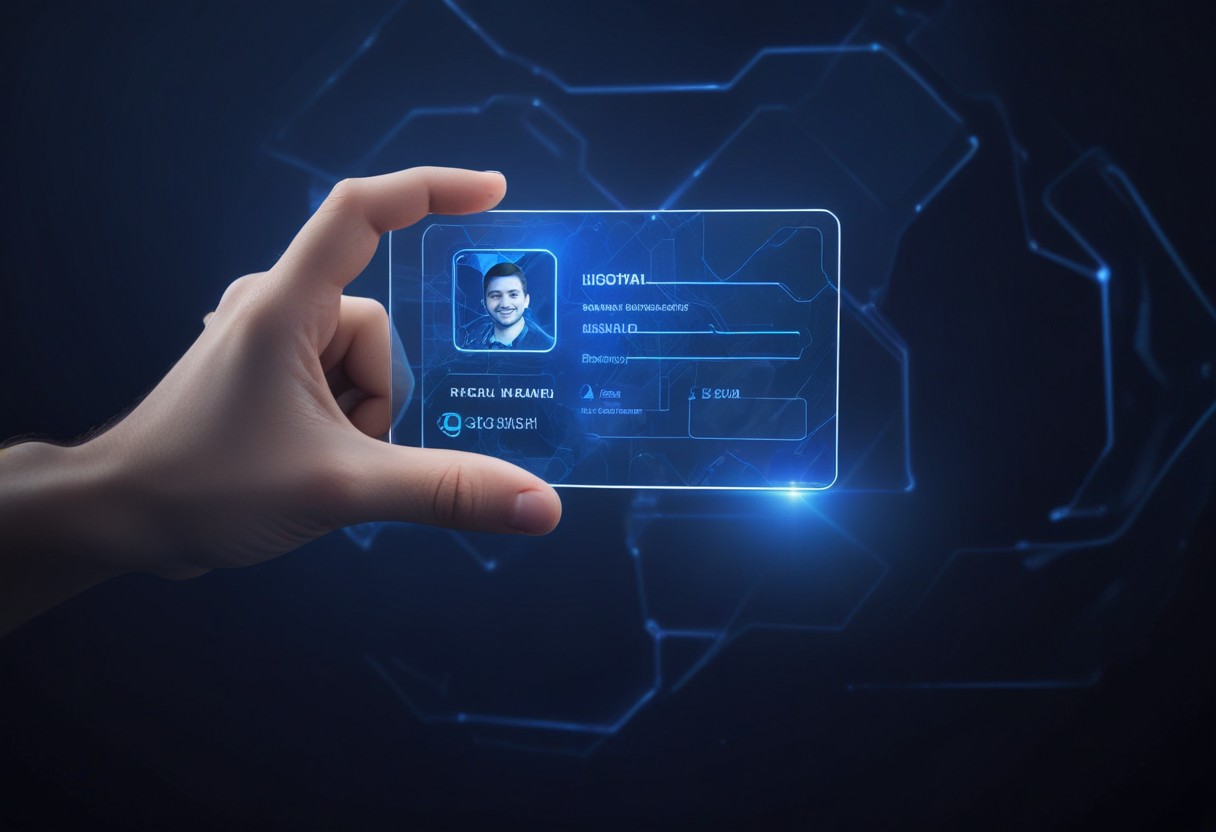In today’s fast-paced environment, where time is critical, relying on manual ID document recognition presents considerable challenges. Consider the time spent, not just by individuals but also by businesses, as they struggle to keep up with the demand for verification utilizing ID document recognition SDK.
Identity verification is required everywhere, from banks and airports to hotels and government services. However, the typical manual process is both time-consuming and error-prone. Misreading a name or misinterpreting a birthdate can result in catastrophic consequences.
Imagine standing in a long line to have your identification documents manually verified. Isn’t this frustrating? That is only the tip of the iceberg in terms of manual ID document recognition issues.
But what exactly is an ID document recognition SDK?
An ID document recognition SDK is a collection of tools and frameworks that developers can incorporate into their applications to automate the recognition and processing of identification documents.
These SDKs use modern technologies like machine learning and optical character recognition (OCR) to extract vital information from ID documents quickly and reliably.
The challenges of manual ID document recognition and the role of ID document recognition SDK:
The challenges of manual ID document recognition:
- Time-consuming process: Manually verifying ID documents is time-consuming. Each document requires rigorous review, resulting in lengthy wait periods for individuals and service delivery delays for corporations.
- High risk of human errors: Manual processing carries the inherent danger of human error. Misreading names, birthdates, or other critical information might result in catastrophic implications, such as identity theft or fraudulent transactions.
- Inefficient use of resources: The manual verification methods require a large amount of manpower and resources. Businesses devote significant staff time to this endeavor, diverting focus away from more profitable pursuits. Moreover, the need for manual oversight raises operational costs.
How automation solves these challenges—overview of the work of ID document recognition SDK:
In light of the difficulties associated with manual ID document recognition, the introduction of ID document recognition SDKs offers a tempting alternative. These software development kits use advanced technologies to automate the verification process, addressing issues such as time inefficiency, mistake risk, and resource allocation.
Explanation of how the SDK automates the process:
machine-readable zone (MRZ):
MRZ is a designated area for several forms of ID documents, including passports, visas, and some ID cards. It usually consists of two or three lines of text that are encoded with important personal information in a defined format.
This encoded data comprises information about the document holder’s name, date of birth, document number, and country.
ID document recognition SDK uses MRZ recognition technology to retrieve encoded data rapidly and reliably. The SDK may decode the information contained in the MRZ using specialized algorithms, resulting in a digital representation of the document holder’s details.
This procedure is particularly efficient because the encoded data is designed to be simply machine-readable, allowing for quick extraction without the need for manual input.
MRZ identification is especially beneficial in situations requiring speed and accuracy, such as border control checkpoints at airports and immigration offices.
ID document recognition SDK automates the extraction of personal data from MRZ, allowing authorities to quickly and easily verify travelers’ identities.
Explanation of OCR (optical character recognition) technology:
OCR is a technology that converts scanned photos or handwritten text to machine-readable text. ID document recognition SDK uses OCR algorithms to analyze scanned images of ID documents and extract relevant information like names, addresses, and other identifying features.
OCR technology works by recognizing patterns and forms in scanned images that correlate to alphanumeric characters. When these characters are detected, the OCR software converts them to digital text that can be processed and saved electronically.
One of the primary benefits of OCR technology is its adaptability. It can handle a wide range of typefaces, languages, and document layouts, making it perfect for extracting information from a variety of ID papers, such as passports, driver’s licenses, and ID cards.
Businesses and organizations can use OCR technology to automate the extraction of data from ID papers, minimizing the need for manual data entry and increasing productivity.
Moreover, OCR improves accuracy by reducing the possibility of human error during manual transcribing.
Features of ID document recognition SDK:
High accuracy rate:
- The ID document recognition SDK has a remarkable accuracy rate, guaranteeing that data from ID papers is extracted and verified correctly.
Fast processing speed:
- With its powerful algorithms and efficient processing capabilities, the SDK produces quick results, allowing for the speedy verification of ID papers.
Easy integration with existing systems:
- The SDK’s user-friendly interface and detailed documentation allow for smooth integration with current systems.
Support for various ID document types:
- The SDK supports a wide range of ID document types, such as passports, driver’s licenses, and ID cards, ensuring versatility and adaptation to a variety of business requirements.
Mobile SDK:
- The mobile SDK can be integrated into a mobile application to handle activities such as taking photographs of ID papers with the device’s camera, processing the images to extract relevant information (such as name, date of birth, and ID number), and conducting basic validation.
- It includes the tools and functions required to provide a smooth user experience within the app, such as directing users to capture high-quality photographs and displaying feedback on image quality or document validity.
Server SDK:
- The server SDK can be used on the backend to handle more complicated processing activities that necessitate extensive computational resources or access to external databases.
- It can be in charge of tasks such as performing advanced image processing techniques to improve the quality of captured images and running OCR algorithms to extract from images.
- It performs extensive validation and verification checks against external databases or identity verification services.
- The server SDK can also manage data storage, logging, and analytics for ID document recognition procedures.
Validation and verification:
- Verifying the ID document’s authenticity by examining security features, holograms, and watermarks, as well as validating against recognized templates or standards.
Face matching:
- To verify identity, compare the photo on the ID document to a live image or selfie taken by the user.
Language and region support:
- Supporting the recognition and extraction of data from ID documents in numerous languages and areas.
Security and compliance:
- Ensure data security and compliance with regulations such as GDPR (General Data Protection Regulation) and HIPAA (Health Insurance Probability and Accountability Act).
Conclusion: Exploring the future of identity verification with FacePlugin’s ID document recognition SDK:
Identity verification is critical as we move forward in the digital era. Traditional approaches, however, have proven to be time-consuming, error-prone, and often inefficient.
However, with the introduction of automation and advanced technologies such as FacePlugin’s SDK, a new era of identity verification has begun. In this quickly changing market, organizations have the chance to transform their operations and improve consumer experiences.
Organizations that use innovative solutions like the FacePlugin SDK can streamline their processes, strengthen security measures, and stay ahead of the curve.
Moreover, the use of ID document recognition SDK provides immediate benefits while also paving the road for future developments.
As technology advances, so will the capabilities of these SDKs, ensuring even greater efficiency, accuracy, and versatility in identity verification operations. Automated identity verification has a broader impact on society than just business.
Individuals may now access services more swiftly and securely, whether they’re opening a bank account, boarding a flight, or applying for government aid.
However, the path to widespread adoption of automated identity verification is not without hurdles. It demands a commitment to innovation, technological investment, and cross-industry collaboration.
However, the benefits are enormous: increased efficiency, greater security, and ultimately, a better experience for everyone involved.
As we look ahead, one thing is certain: the FacePlugin SDK and comparable breakthroughs hold the key to ushering in a new era of identity verification.
By leveraging automation and new technologies, we can create a more secure, efficient, and inclusive environment for future generations.
So, let us embrace innovation, take the chances that present themselves, and embark on this road to a brighter future together.


